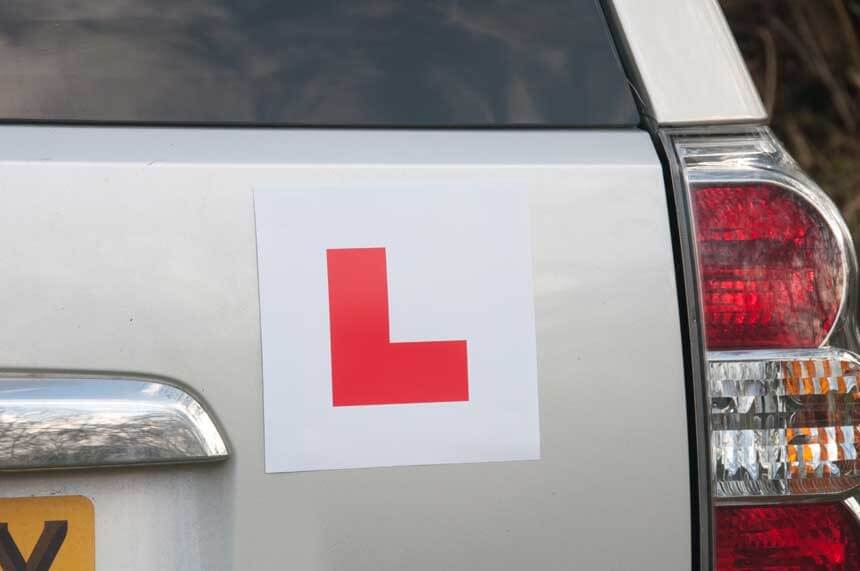
There is just no doubt that random drug and alcohol testing programs should include any positions that involve driving or operating motorised equipment. It is all about safety and not just for the workers or in the workplace. When people get behind the wheel of a vehicle or operate heavy equipment on a job site, they are also risking the safety of everyone who comes within their circle of influence. Even when accidents occur off the worksite, the workplace suffers through lost productivity and higher medical costs. It is incumbent on businesses to develop a culture of driving safely, with random drug and alcohol testing serving as one component.
The statistics back up the importance of a workplace culture that values safe driving habits. Safe Work Australia analysed work-related traumatic injury fatalities for 2009-10 and considered deaths occurring whilst people were in the workplace, commuting back and forth to work, and the victim of a bystander’s activity.
In one year there were 337 work related fatalities, with 64 percent killed whilst on the job, 23 percent whilst commuting, and 12 percent whilst a bystander to co-worker activities. Over one-third of the work related fatalities were machinery operators and drivers, with the proportion of deaths per 100,000 people more than three times that of other occupations. The four industries with the highest rates of work-related fatalities were transport, postal and warehousing; agriculture, forestry and fishing; construction; and manufacturing.1
No Industry Left Untouched
No industry is left untouched, including financial and insurance services, and hospitality. Clearly the workers in the industries involving the use of vehicles and equipment, like road freight transport, have the highest risk of fatalities. However, no employer has the luxury of assuming worker fatalities are unlikely to occur in their place of business. Statistics over a seven year period report that one-third of all workplace fatalities involved vehicles on a public road, but one-third were not on a public road. In other words, two thirds or workplace fatalities involved vehicles, on and off public roads. That statistic alone resents a case for developing a culture of driving safety.
Businesses have a shared responsibility with the Australian government to develop a road safety culture given the link between work and vehicle accidents. Developing that culture requires a combination of policies and strategies that build worker acceptance of responsibility for their driving behaviours. They include developing road safety policies and then training and reinforcing those policies regularly. The employer can also include a safe driving record as an employment requirement; develop and present a driving skills program to all employees; add road safety devices to vehicles to monitor performance; and choose vehicles with high safety and maintenance ratings.2 In addition, it is critical that employers include all vehicle and equipment operator positions on the list of safety-risk positions in the random drug and alcohol testing program.
Clear Mind and Eyes on the Road
Employers have to emphasise driving safety as being just as important as general safety. It was also reported that in 2009-2010 at least 79 people died travelling to and from work. The number is believed to be low because traffic reports often do not include information about the reason for driving. However, what can be learned from even this number is that teaching the importance of safe driving skills to workers brings benefits in and out of the workplace. The drug and alcohol testing policies and procedures reinforce the importance of always having a clear mind and eyes on the road.
The drug and alcohol testing supplies used have to be high quality, reliable and accurate in order to gain the confidence of staff members. CMM Technology supplies and equipment easily meets all three requirements, providing employers assurances of a successful D&A program.
References
1 Safe Work Australia, 2009 Work-related traumatic injury fatalities
Australia, 2006-07, Canberra. Retrieved July 1, 2013: http://www.safeworkaustralia.gov.au/sites/SWA/about/Publications/Documents/662/Traumatic%20Injury%20Fatalities%202009-10.pdf
2 ATC. (2011). National Road Safety Strategy 2011-2020. Retrieved July 1, 2013, from Australian Transport Council: http://www.atcouncil.gov.au/documents/files/NRSS_2011_2020_15Aug11.pdf
Categories
Archive
- February 2022
- October 2021
- June 2021
- November 2020
- October 2020
- June 2020
- March 2020
- February 2018
- December 2017
- August 2017
- February 2017
- September 2016
- August 2016
- October 2013
- September 2013
- July 2013
- May 2013
- February 2013
- December 2012
- November 2012
- August 2012
- June 2012
- February 2012
- December 2011
- October 2010
